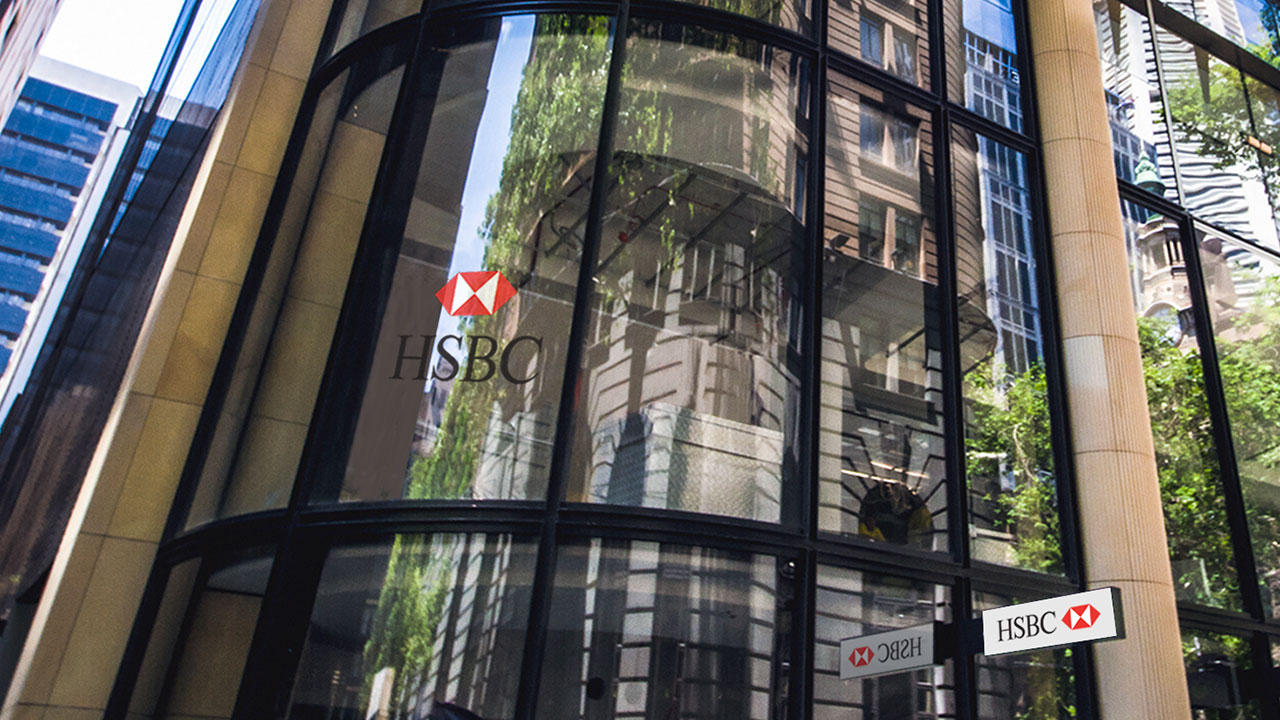At its March meeting on Tuesday, the Reserve Bank of Australia has decided to maintain the cash rate at its current record low of 0.1%.
Despite current figures showing a strong recovery in the Australian economy in the December quarter following the Omicron setback, the Reserve Bank acknowledged that the Ukraine war will have a bad impact on global inflation.
According to RBA, prices of many commodities, especially energy and petrol prices (averaging $2.10 a litre) have already been pushed up in Australia, with increasing uncertainty around supply chains.
In our country, inflation has picked up more quickly than the RBA had expected but remains lower than in many other countries. In the US, due to a surging inflation rate of 7.5% in Jan 2022, its Central Bank is looking to raise interest rates in the upcoming March.
The RBA forecasted underlying inflation of around 3.25% by mid-2022 and stated that it would need to see significant wage growth before it would support an interest rate increase.

The Australian Wage Price Index, on the other hand, is at 2.3 percent for the year, indicating a 1.2% drop in real wages. Meanwhile, according to CoreLogic data, house prices increased by 22.1% last year.
“That’s a massive gap”, according to Tim Lawless, research director at CoreLogic.
“However, it’s very common for housing values to rise substantially more than wages have, hence this ongoing worsening affordability.” Mr Lawless said
According to CoreLogic modelling, housing values have risen at a rate more than double the annual rate of wages over the last decade, increasing by an average of 5.5% each year compared to the current 2.3% increase in the wage price index.
While wage growth has been stronger in some periods, it has been significantly outpaced by rising home values in the long run, Mr Lawless stated.
And this significant disparity between property and wage growth has made funding transaction costs, or even saving for a deposit, a bigger challenge for first-time buyers.

Source: HSBC Australia
The fall in interest rates to record lows, according to HSBC Australia chief economist Paul Bloxham, has been key to the widening gap. Cheaper access to credit enables households to borrow more money, but at the same time drives up property prices at a rate that significantly outpaced income growth.
Despite today’s lower borrowing costs for first-time buyers, Mr Bloxham said they faced an affordability challenge because they needed to save a larger deposit and take on more debt to enter the market.
Mr Bloxham explained that slowdown wage growth figures suggested the Reserve Bank would not be in a rush to raise interest rates and would do so gradually. He predicts two cash rate increases in the third and fourth quarters, bringing the rate to 0.5% by the end of the year and 1.25% by the end of 2023.
Other economists also predict that in response to rising inflation, it will begin to rise later this year or early in 2023.
“The direct effects on Australia are likely to be pretty small and felt only through the price of oil and gas and wheat, which will all rise. It depends on how far they go up, and no one knows that.” NAB chief economist Alan Oster said,
“The Bank won’t be doing anything in the next three to six months and by then, hopefully, the situation will have settled down a bit and everything will be a bit clearer.”
The prospect of a slow, gradual rate increase may not be all bad news for home buyers.
This will cool the housing market at the same time that wages are expected to rise, narrowing the gap between property and wage growth.
Follow Liviti News for more updated trends on the Australian property market.






